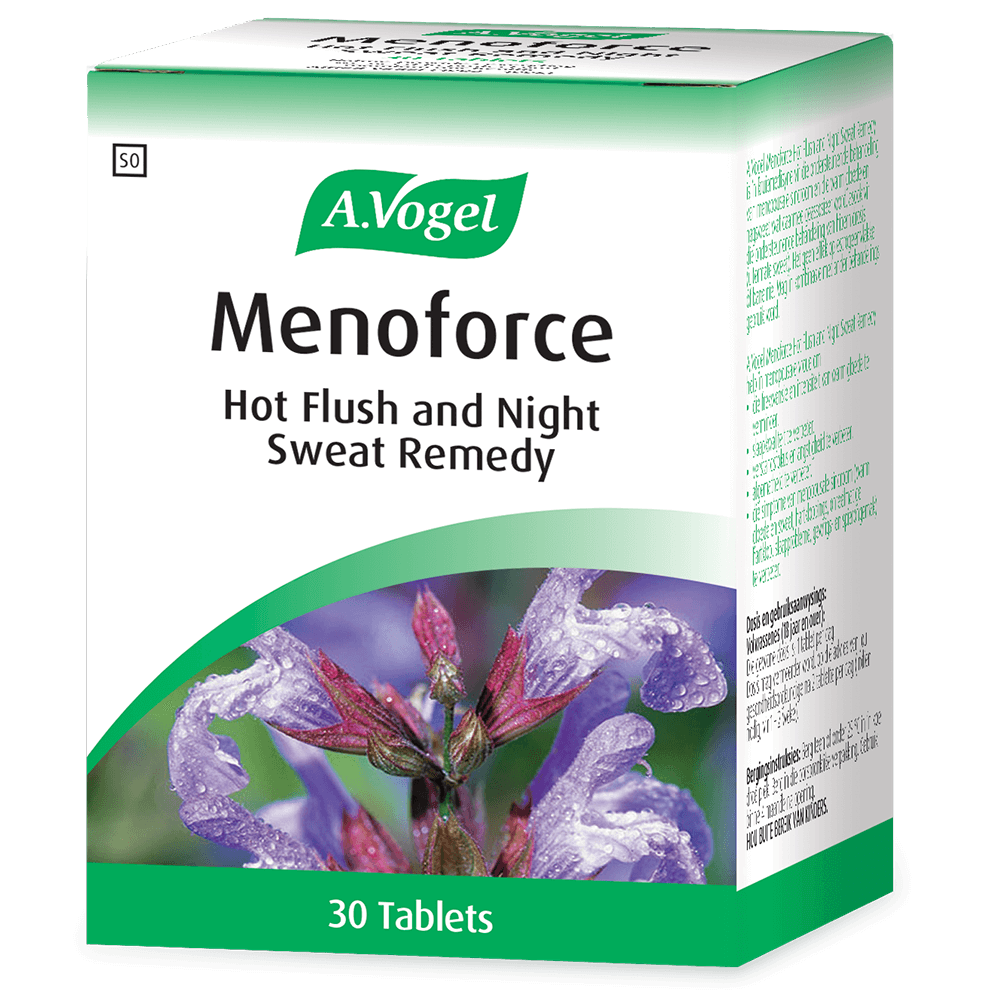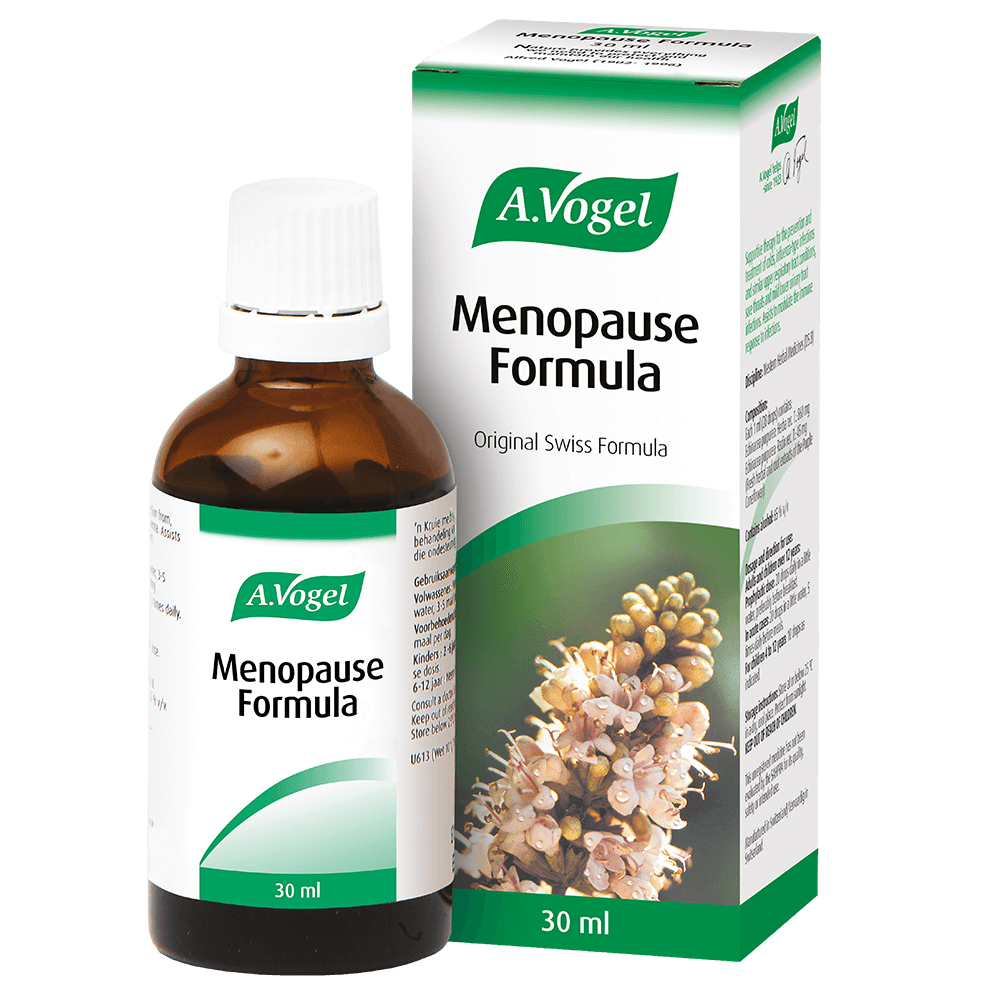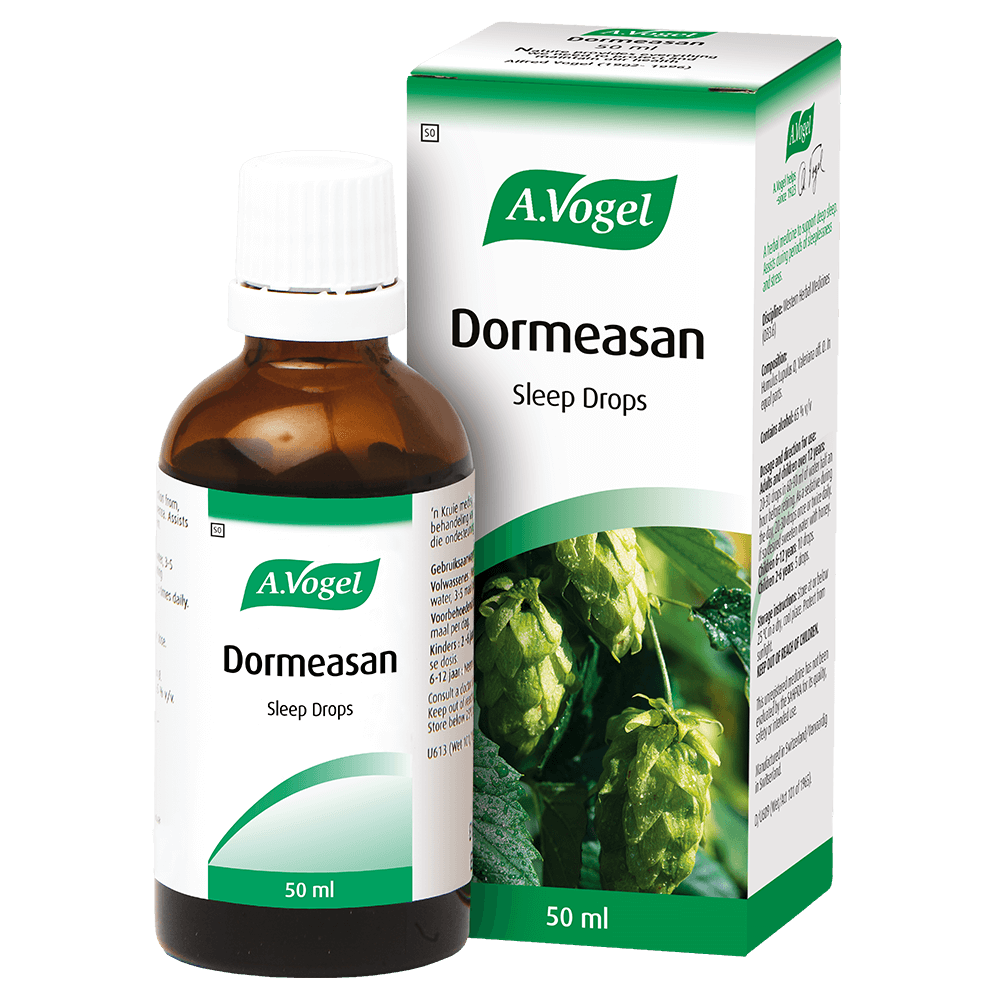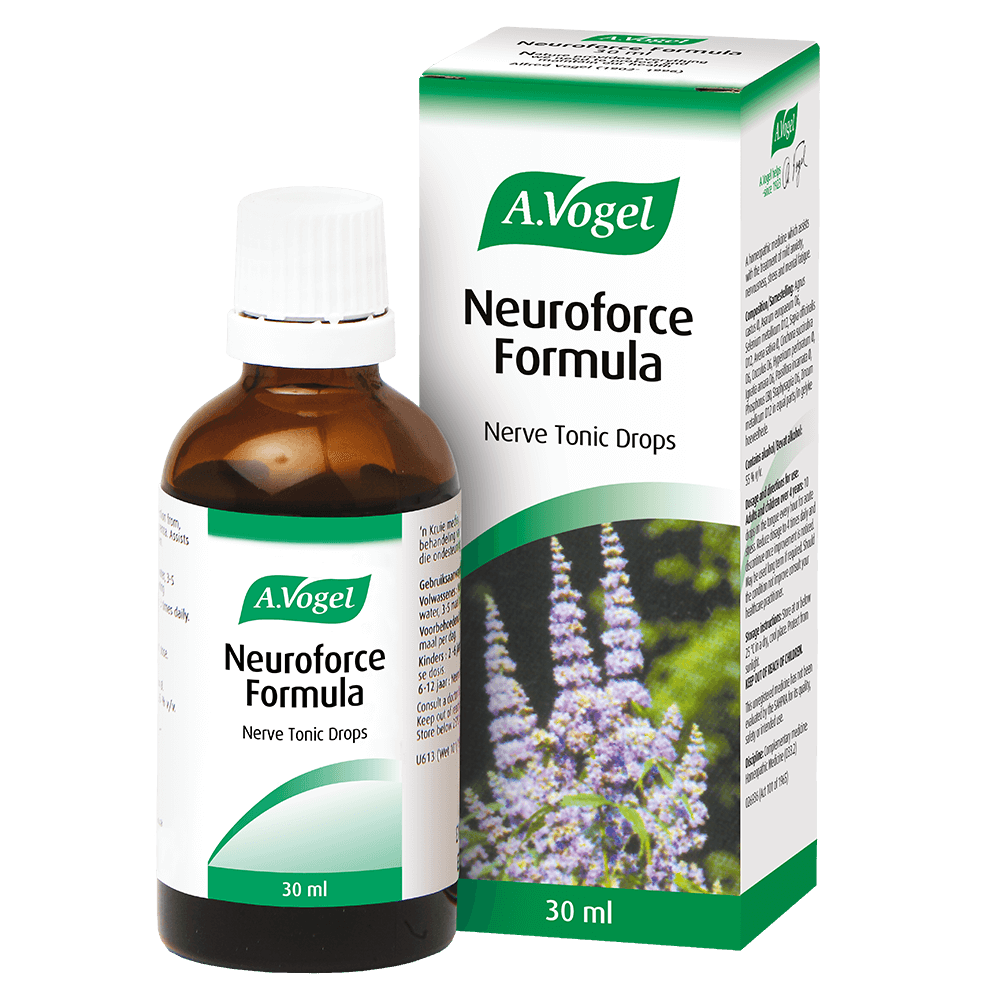Menopause - What you need to know
Menopause is a natural part of life. Find out when and how it starts, what happens and what the benefits are. There are also a number of natural treatments available.
Menopause hubPerimenopause is the phase in a woman’s life before menopause or the final menstrual period. Medically-speaking, it’s the natural process when the ovaries gradually stop working It starts when the menopausal symptoms are first noticed, and it ends when with the final menstrual period.
Perimenopause tends to start a few years before actual menopause. So, you can expect it to start between the ages of 40 to 50 years, with an average onset between45 to 47 years of age which is when symptoms are most noticeable. In most cases, it lasts between four to seven years.
At this time, normal hormone levels driving the reproductive menstrual cycle including oestrogen and progesterone start to decline and menopausal symptoms are triggered. Fertility typically diminishes at this point, but ladies listen up, it is still possible to fall pregnant.
The most common menopausal symptoms experienced during perimenopause are hot flushes and night sweats, along with mood changes, changes in sexual desire, trouble concentrating and changes in sleep patterns. In addition, periods may become irregular or erratic and sometimes, heavier, or more painful than normal.
Menopausal symptoms experienced during perimenopause may continue even after a woman has stopped having her periods. This is known as the postmenopausal phase.
Symptoms experienced during perimenopause are caused by a decline in the female hormones as menopause approaches. As a woman gets older, her ovaries start to run out of viable eggs. What happens is that the remaining eggs become less responsive to the pituitary gland’s stimulating hormone known as follicle stimulating hormone (FSH) which drives the menstrual cycle.
This process means that the ovaries eventually stop releasing eggs each month, and that menstruation and the possibility of childbearing ends. This is nature’s way of saying that a women’s reproductive cycle should stop.
The process typically starts in the mid-forties as hormone levels begin to fall. As a result, an imbalance in oestrogen and progesterone occurs. These hormones are responsible for many other functions in the body over-and-above the menstrual cycle which cause other symptoms associated with perimenopause.
Menstrual periods often become irregular, heavier, or more uncomfortable. Other physical and psychological symptoms may also be experienced. Some women describe these as being similar to premenstrual syndrome or PMS symptoms.
Perimenopause has a wide range of symptoms which tend to feel worse the week or so before each period. The most commonly known are hot flushes and night sweats.
These night sweats may lead to sleep problems due to waking up during the night, and sometimes needing to get up and change clothing. The resultant lack of sleep can also have consequences on quality of life during the day, leading to irritability, low mood, and anxiety as well as headaches.
Top tip: Learn how to sleep better here.
Perimenopause can also give rise to muscle aches and joint pain. These are usually felt in the upper part of the body especially in the neck and shoulders.
Common perimenopause symptoms include:
A.Vogel has the following helpful herbal and homeopathic remedies to help address perimenopause symptoms:
 |
A.Vogel Menoforce Hot Flush and Night Sweat Remedy This Western Herbal medicine does not contain oestrogen or have an oestrogen-like action. It is a convenient one-a-day tablet that is safe to take with other medication and treatments. It is used for the supportive treatment of menopausal syndrome and associated hot flushes and night sweats. In menopausal women A.Vogel Menoforce is used for the following:
|
 |
This homeopathic medicine helps with the acute treatment and symptomatic support of severe symptoms associated with menopause such as headaches, sleep problems, low libido, and hot flushes and night sweats. It also helps with mood changes such as anxiety, depression, and irritability. This tincture option is for immediate relief. It is important to only use it when needed and stop once improvement occurs.
|
 |
This homeopathic medicine assists with the treatment of painful, irregular, or heavy periods, abnormal menstrual flow, premenstrual tension, and menstrual cycle irregularities. Remember to discontinue use when recovery is complete.
|
 |
This is a Western Herbal formulation for the relief of sleep disturbances, stress, and anxiety. The ingredients support the nervous system by having a calming action that address symptoms such as restlessness and anxiety. If this is taken at bedtime, it promotes restful sleep. Made from fresh organic Valerian root and Hops, it is non-habit forming and will not cause grogginess on waking the next morning.
|
 |
This is a homeopathic nerve tonic. The ingredients specifically address nervous tension and exhaustion during or after stressful events with hypersensitivity, agitation, and restlessness. It is indicated for emotional symptoms such as grief, tearfulness, anger, resentment, irritability, anticipation, fear, and depressed mood. It is used to support the nervous system during periods of stress, conflict, or emotional strain or to use in situations of acute shock and trauma.
|
Menopause is a natural part of life. Find out when and how it starts, what happens and what the benefits are. There are also a number of natural treatments available.
Menopause hubPerimenopause is the time leading up to menopause. It can last several months or years. We describe why it happens, the symptoms and suggest natural solutions.
Read more...The Menopause Rating Scale (MRS) [1] is a health-related quality of life (HRQol) measurement which assesses symptoms commonly experienced by middle-aged women.
Complete the Menopause Rating Scale (MRS)